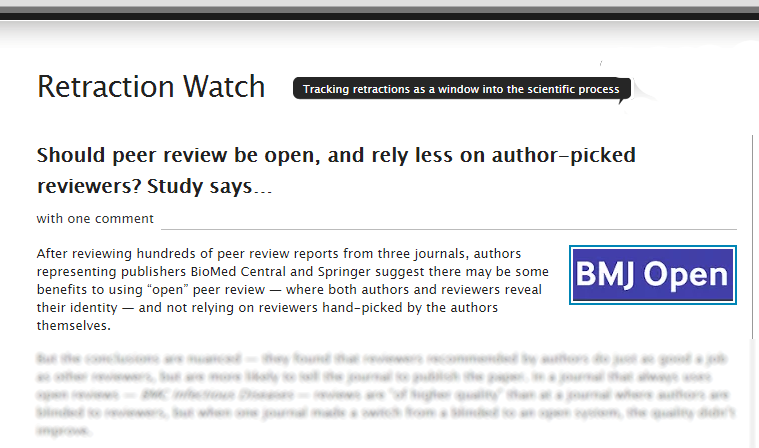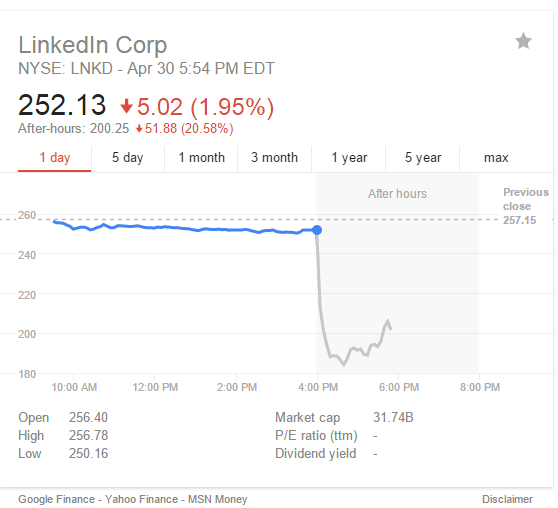Knowledge Engineer == Knowlengr
Standards-based strategic initiatives for cybersecurity & AI.
-

Science, Specialization and Education in the Age of AI
A recent White House initiative titled “Public Listening Sessions on Scientific Integrity and Evidence-Based Policymaking” asked for two minute pitches. The following amplifies that pitch. The topic is too important for me to be deterred by the two minute limitation. I have nine suggestions. Note: All mentions of K-12 include free, open source online self-training…
-

You know global warming is bad. This expert says it’s worse.
@Knowlengr offers a short review of Surviving Global Warming by Roger Sedjo
-

The Day My TV Reached Out and Masked Me
Mr Robot’s emissaries reach out to Knowlengr and overcome his defenses. Don Draper might understand better than Marshall McLuhan.
-

Algorithm Arrogance at Facebook
Facebook tweaks its timeline algorithm. Is this Algorithm Arrogance? Probably.
-

Best of Global Breed: Healthcare Systems Surveyed through a KPMG Lens
Best of Global Breed: Healthcare Systems Surveyed in KPMG veteran’s Mark Britnell’s book, In Search of the Perfect Health System
-

Big Data and IoT in Sports: Forecast Come True
In a blog post written in January 2014 at Syncsort.com I forecast that Big Data and the Internet of Things would eventually impact major sports in the U.S. In a feature story written for CIO magazine by Thor Olavsrud (@ThorOlavsrud) in September 2015, parts of this forecast may becoming reality for the NFL.
-

Reviewing Peer Review
Knowlengr reviews the state of Peer Review. The gold standard that’s somewhere between Gold and Fool’s Gold.
-

Chasing Big Data Variety: Predictive Analytics, Meet Your Market Foe
The graphic shows the market behavior of LinkedIn’s stock price late afternoon of 2015-04-30. Did your analytics engine (What’s an analytics engine? See International Institute for Analytics) predict this? If not, what (big?) data were you missing? If not, chances are, yours was a Big Data Variety problem. Correlating with, for example, only Facebook,…
-

Why Computers (and Doctors) Need Narratology
The analysis by Peter Kramer @PeterDKramer in the New York Times story “Why Doctors Need Stories” points, in part, to the challenge faced by clinical decision support systems (CDSS) — and the use of artificial intelligence in health care more generally. While CDSS adoption lags far behind its apparent value, it is true that CDSS is weak…
-

Computer-Assisted Instruction: Long Overdue in Overburdened STEM Classrooms
What happened to CAI? Computer-Assisted Instruction is long overdue in overburdened STEM classrooms, dooming novice teachers to years of frustration & failure.
Got any book recommendations?